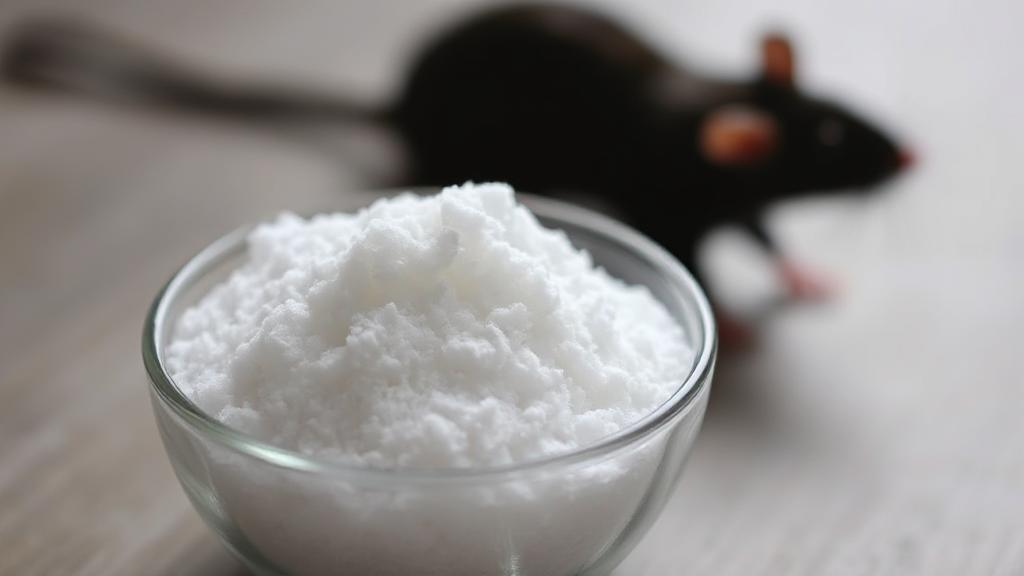Introduction
Rats are notorious pests that cause property damage and spread diseases, leading many to seek effective control methods. One unconventional approach that has gained attention is using baking soda as a rat poison. This article explores the effectiveness, methodology, and safety considerations of this approach.
How Baking Soda Works as a Rat Poison
Baking soda (sodium bicarbonate) works through a chemical reaction in the rat's digestive system. When consumed, it reacts with stomach acids to produce carbon dioxide gas. Unlike humans, rats cannot expel this gas through burping or vomiting, leading to a fatal buildup of pressure in their digestive system.
The Science Behind It
- Chemical Reaction: Baking soda reacts with stomach acids to produce carbon dioxide
- Fatal Mechanism: Unable to expel the gas, rats experience lethal internal pressure
- Time Frame: Death may take several days after ingestion
Creating Effective Bait Mixtures
To increase palatability and effectiveness, baking soda should be combined with attractive ingredients:
Recipe Options
-
Standard Mix:
- 1 cup flour
- 1 cup sugar
- 1 cup baking soda
-
Alternative Mix:
- 1 part baking soda
- 2 parts flour or cornmeal
- 1 part sugar or chocolate powder
Effectiveness and Limitations
Advantages
- Non-toxic to humans in small quantities
- Environmentally friendly
- Readily available and inexpensive
- No risk of secondary poisoning to predators
Limitations
- Rats may detect the baking soda
- Required lethal dosage varies
- Success depends on consistent consumption
- Slower than commercial alternatives
Safety Considerations
Warning: While baking soda is generally considered safe, improper use can still pose risks.
Key Precautions
- Keep away from children and pets
- Wear gloves during handling
- Place bait in appropriate locations
- Monitor for contamination
- Document placement locations
Placement Locations
Environmental Impact Comparison
| Aspect | Baking Soda | Traditional Rodenticides |
|---|---|---|
| Biodegradability | High | Low |
| Wildlife Impact | Minimal | Significant |
| Soil Contamination | None | Possible |
| Water Impact | None | Potential contamination |
Alternative Control Methods
Consider combining baking soda with other rat control approaches:
- Humane traps
- Natural repellents
- Ultrasonic devices
- Sealing entry points
- Professional pest control services
- Proper food storage
Monitoring and Follow-up
Track the following metrics:
- Bait consumption
- Rat activity levels
- Signs of effectiveness
- Need for replacement
- Changes in rat behavior
For severe infestations, consulting with a licensed pest control professional is recommended. Visit PestWorld or the Environmental Protection Agency (EPA) for more information on pest control options and regulations.
Remember that while baking soda can be part of a rat control strategy, it should not be relied upon as the sole solution. A comprehensive approach to pest management often yields the best results.
